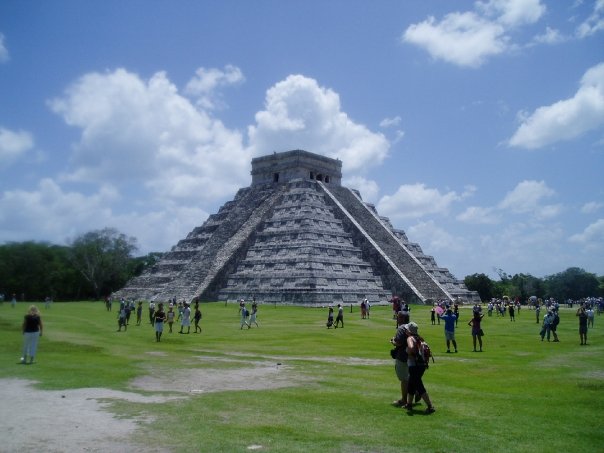One thing that seems universal in most fantasy settings it that there is some sort of standing military. Historically, however, this was the exception, not the rule. One of the reasons the Spartans were so feared during classical times was that they actually had professional soldiers. Many of the kingdoms and city-states around them didn’t.
When an area doesn’t have a standing military, there are several alternatives. Many tribal cultures had an all-inclusive military. This system uses all able bodied men or even all citizens to defend their towns and villages. Everyone may have some training in fighting or tactics, but often there’s no training of any kind. In these cases, weapons are improvised (such as pitchforks, scythes, and the like) or heirloom weapons passed from generation to generation. Armor, if any is available at all, will be crude, light, or old.
Another option is a militia. A militia is a volunteer or conscripted group who receive some training and are enlisted only in times of need. There might be a common armory or the members of the militia will be required to provide their own weapons and armor. Since they are responsible for the common defense, they will get some training. This makes them a step up from an all-inclusive military.

For all of its historical flaws, the troops in the movie Braveheart are actually pretty typical of militias during the time.
Finally, there are military rotations. This is basically a combination of the all-inclusive and militia. Everyone may be required to join the militia, but they may only require to serve for a short period of time every year. This gives the advantage of everyone being able to defend their homes, but also has the advantage of having trained troops on duty at all times. The issue becomes that if there is a major issue, there won’t be sufficient weapons and armor for everyone.
Professional soldiers were actually rare in many cultures. Those that actually used them either had aggressive neighbors who regularly attack them or were the aggressors. For example, the Romans began with an army because of the Etruscans and other tribes around them. The Persians built their armies only when they began their conquest of the Middle East. Macedonia created a professional army to defend themselves from the tribes around them, but within two generations spawned the armies of Alexander the Great.
The biggest issue with standing armies is their expense. The Spartans had around 10,000 professional soldiers, but required 50,000 or more professionals (smiths, merchants, etc.) and about 100,000 to 150,000 slaves to support them. Even during the medieval era, professional soldiers were typically so expensive that they were generally small and supplemented by militias, often conscripted ones.
When building your world, think about how the military interacts with the rest of the culture. A small county that doesn’t have a standing army may be extremely grateful or extremely worried if a group of warriors comes to town. If the militia is made up of conscripts, there may be anger or fear permeating the region.
Next week, I’ll talk about how a professional army changes how the culture operates. Thanks for reading. I’ll see you next week.

